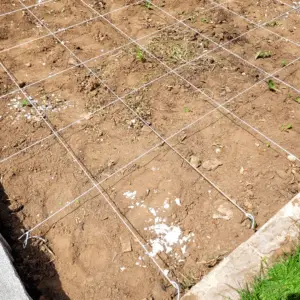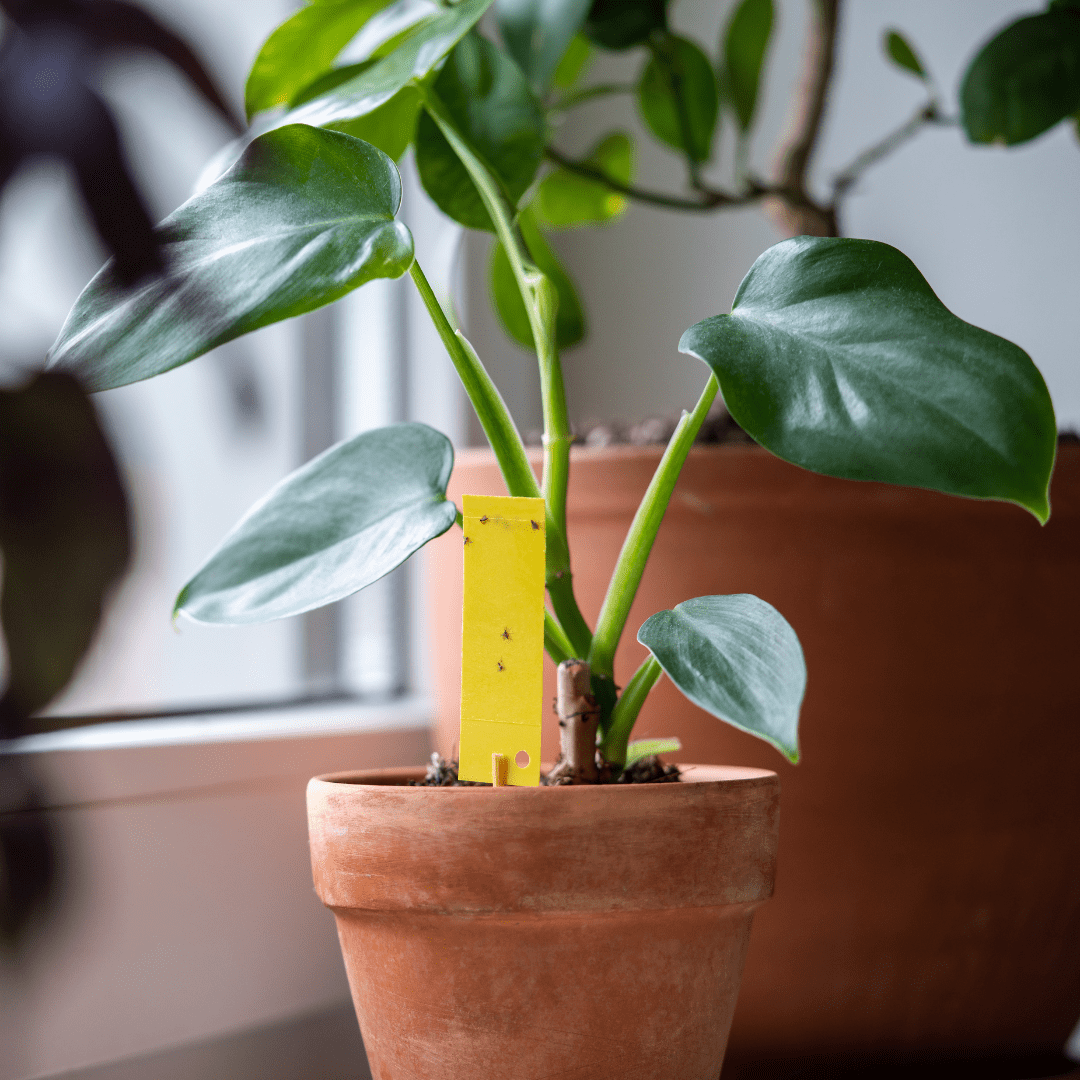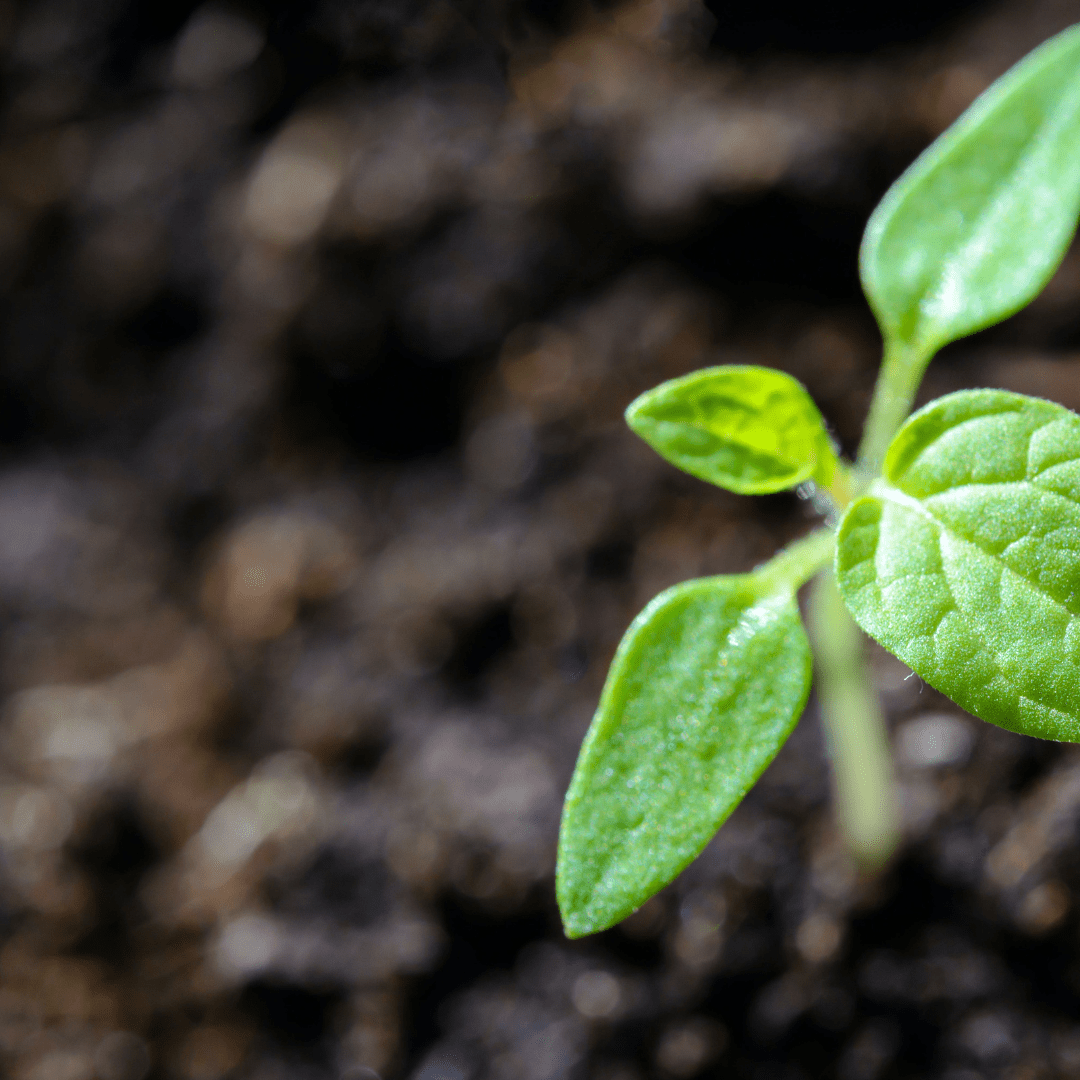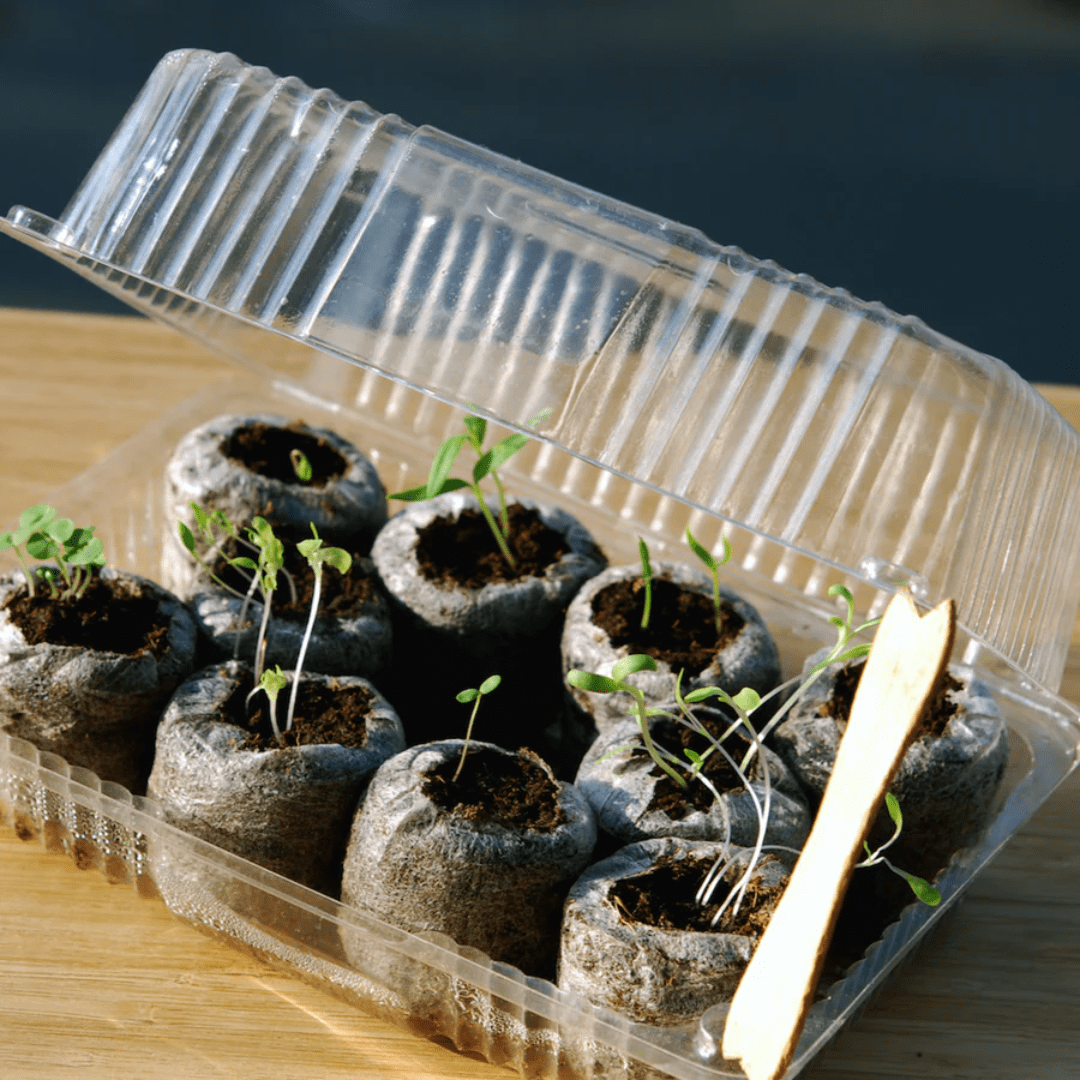Square foot garden.
What Is Included in This Post:
- Introduction to Square Foot Gardening
- Benefits of Square Foot Gardening
- FREE Square Foot Garden Printable Planner Download
- Why Grow A Square Foot Garden
- How to Plan Square Foot Garden Layouts
- Boxes and Grids For Square Foot Gardens
- Soil Recipe For A 4×4 6 Inch Box
- Water Irrigation Systems
- Fertilization and Nutrient Management
- Weed, Pest, and Disease Control
- Planting Guides and Tools
- Seed Starter Log Pages
- Monthly Garden Journal Pages
- Plantable Seed Starter Template Mats
- Companion Planting Chart
- Printable Plant Markers
Growing a square-foot garden has become popular in the suburbs considering how much food you can grow and harvest from a square-foot garden. Since yards have become smaller, people have migrated to square-foot gardening rather than the traditional rows of gardening that require a lot of gardening space.
In this post, I will discuss how I built my square foot garden, installed my grid, and what I grow in each square foot space. Further, I have created a FREE Square Foot Garden Printable Planner loaded with ideas, grids, soil recipes for garden boxes, tools, companion planting charts, plant labels, and so much more for your convenience. So do not forget to grab your FREE planner after reading this post!
FREE Square Foot Printable Planner Download
Let’s get started in learning how to grow and plan your very own square-foot garden!
This is a pinnable post. Tap or hover over any image in this post to pin to your Pinterest Boards.

Introduction to Square Foot Gardening
Square Foot Gardening is a popular and innovative gardening method that allows individuals to maximize their garden’s productivity in a limited space. With its efficient use of space, reduced maintenance, and increased yields, square-foot gardening has gained attention from both experienced gardeners and beginners alike. In this article, we will delve into the concept of square-foot gardening, explore its numerous benefits, guide you through the process of setting up and maintaining your own square-foot garden, troubleshoot common issues that may arise, and provide tips for harvesting and expanding your garden. Whether you have a small balcony or a backyard, square-foot gardening can offer a practical and rewarding solution to growing your own fresh produce.
Understanding the Concept of Square Foot Gardening
Square foot gardening is a simple yet efficient gardening method that allows you to make the most of limited space. Instead of planting in traditional rows, a square foot garden is divided into small squares, typically measuring 1 foot by 1 foot. Each square is then planted with a specific number of plants, depending on its size and the plants’ spacing requirements. This method eliminates wasted space and maximizes the yield of your garden.
Benefits of Square Foot Gardening
Maximizing Space Efficiency in Small Gardens
One of the main advantages of square-foot gardening is its ability to optimize space. By planting in compact squares, you can grow a significant number of plants in a limited area. This is particularly beneficial for urban gardeners or those with small yards or balconies. Square foot gardening allows you to grow a diverse range of vegetables, herbs, or flowers without needing a large plot of land.
Reducing Water Usage and Weed Growth
Another perk of square-foot gardening is its water-saving properties. Since each square foot is planted densely, the plants provide shade and retain moisture, reducing water evaporation and the need for excessive watering. Additionally, this planting method helps to suppress weed growth, as the close proximity of plants shades the soil, preventing weeds from taking hold.
Easy Maintenance and Accessibility
Square foot gardening simplifies maintenance tasks and makes it easier to tend to your plants. With clearly defined and compact planting areas, it’s easier to spot and address any issues like pests or diseases. Weeding and harvesting become a breeze since there is less bending and reaching involved. This accessibility makes square-foot gardening an ideal option for people with physical limitations or those looking for a low-maintenance gardening approach.
Why Grow A Square Foot Garden
I grow a square-foot garden in my yard because I can maintain this type of garden much more accessible. I can care for and harvest my plants easier as well because of the 4×4 or 4×10 garden boxes that make reaching around the plants so much easier.
Therefore, I can install a grid for easy layouts to keep my plants nicely spaced and properly in their places. I can install water irrigation for each box to ensure my plants are adequately hydrated. I do not have to combat weeds all season and I do not have to till my ground!
There are a ton of fun tools for square-foot gardening on the market that make this type of gardening fun. There are seed spacing mats, water irrigation grids, grid boxes, prebuilt garden boxes, soil mixes, water globes, greenhouse boxes, and so much more fun stuff.
Learn more about these fun tools in my FREE planner and get your free seed spacing paper mats, plant labels, companion charts, and much more!
FREE Square Foot Garden Printable Planner
How to Plan Square Foot Garden Layouts
When setting up your square foot garden, select a location that receives at least six hours of sunlight per day. Avoid areas with strong winds or excessive shade, as they can adversely affect your plants’ growth. If growing in containers, ensure you have proper drainage to prevent waterlogging.
When planning to grow a square-foot garden layout, it is important to monitor the sun-exposed areas of your yard and determine the placement of each garden bed. You can begin to lay out your square-foot garden plan with different types of grid layouts.
Also, you can plan the layout grids in 4×2, 4×4, 4×8, and 4×10 grids or even squeeze in a 2×2 grid layout in smaller areas to fit more plants in corner spaces. You can plan to fit all different types of grid layout boxes in different areas of your yard, which is the beauty that I love about growing a square-foot garden!
Using Helpful Printable Grid Layouts
Therefore, you can get the printable grid layouts in my FREE Square Foot Garden Printable Planner and begin to plan the layout of your very own square-foot garden according to your own needs. You can customize your square-foot garden to meet the requirements of your yard space and sunlight areas.
You can use the printable layout to sketch or write in each square space what plant you want to plant and where you want to plant it in your square-foot garden. It is simple to use the printable blank square grids to plan your plant spacing with the plant spacing guide that is included in my FREE planner. This means you can for sure know how many tomatoes, carrots, beans, etc. per square foot that is required.
If you are unsure of how many cucumbers, zucchini, beets, or whatever you want to plant per square foot, my picture chart is easy to follow to plan your layouts so be sure to grab your FREE planner!
Boxes and Grids For Square Foot Gardens
You can build your own raised garden boxes and make your own grids or you can simply buy them in a kit. You can get creative when building your raised garden beds and use wood or bricks to construct your raised garden beds.
Building your garden grids can be as simple as using twine or thin boards nailed to the wooden garden beds. If you are unable to nail your grid to the garden beds because of the type of material it is built with, such as bricks, you can still easily add a grid by using twine and in-ground tent pegs.
While you can garden without a square-foot garden grid, installing a grid is helpful for proper plant placement and it looks extremely neat and very organized.
If you do not want to use a grid, you can map out your square-foot spaces with a square-foot tool or a five-gallon bucket. If you turn a five-gallon bucket upside down and twist the rims into the soil to create a circle, you now have one square foot of garden space, even though it is a circle. One five-gallon bucket is equivalent to one square foot of garden space.
Learn more about boxes and grids in my FREE Square Foot Garden Printable Planner.
Soil Recipe For A 4×4 6 Inch Box
Square foot gardens in raised beds need proper soil amendments that are full of nutrition. It is important to add more nutrient-rich compost to the garden beds to ensure an adequate supply of nutrients for the new plants for each growing season.
In my FREE planner, I have shared the perfect soil recipe for a 4×4 square foot garden bed that is six inches deep. Go check it out and download it for free and print out your planner. You can double or quadrible this soil recipe to fit your square foot garden soil needs and provide your plants with the best soil for a great headstart in their young life to grow strong.
FREE Square Foot Garden Printable Planner
Water Irrigation Systems
Keeping your square-foot garden hydrated is crucial for the health and growth of your plants. While it’s important to water regularly, you should also be mindful of not overwatering, as this can lead to root rot and other problems. One effective method is to use a drip irrigation system, which delivers water directly to the base of your plants, minimizing water waste and evaporation.
Alternatively, you can water by hand, ensuring each square foot receives adequate moisture. Just remember, plants don’t have timers, so don’t forget to water them even if you’re busy watching your favorite show!
There are tools on the market for water irrigation for square-foot gardens. There are irrigation tubes or square grid irrigation systems that can help keep your square-foot garden well watered.
The market even has some cute water globes that can be placed in a square space to water the plants that require a bit more watering. I really love those colorful water globes for a hands-off drip-watering experience. They are convenient and they come in packs.
Installing a water irrigation system will help you become a successful gardener since it brings water right to the roots of plants. The plants will be healthier than being sprayed overhead with a sprinkling system since overhead watering can cause most of the diseases and problems with plants by having the soil splashed up unto the plants with the harsh spray of water sprinklers.
Fertilization and Nutrient Management
To keep your square-foot garden thriving, it’s essential to provide it with the nutrients it needs. Incorporating organic compost or aged manure into your soil before planting can provide a rich source of nutrients. Additionally, consider using organic fertilizers to give your plants an extra boost throughout the growing season. Just like humans, plants need a balanced diet, so be sure to follow the recommended guidelines for fertilization. And remember, feeding your plants doesn’t mean you have to spoon-feed them, sprinkle that fertilizer with style!
Weed, Pest, and Disease Control
Nobody likes uninvited guests, especially when they come in the form of pests and diseases in your garden. To keep these troublemakers at bay, regularly monitor your plants for any signs of infestation or illness. Implement natural pest control methods such as companion planting, introducing beneficial insects, or using organic pest sprays. In the case of disease, quick action is vital. Identify the issue, remove the affected plants or parts, and provide proper care to prevent further spread. Always remember, pests and diseases are the uninvited party crashers, and it’s your duty to kick them out!
Weed and pest control can be easily managed in a raised garden bed. High-quality weed control mats and barriers should be placed inside the garden box underneath the soil. By doing this, you will have less weed work in the garden and enjoy it more and it will look so beautiful.
Adding mulch to the square-foot garden will also help combat weeds. Weeds appear when the soil is bare, so be sure to keep it covered. Having mulch in the garden also provides added moisture and the soil will not dry out from exposure to the sun.
By taking these measures in your square-foot garden, you will find fewer pest problems. When the soil is neatly cared for, the number of pest problems will be lower. To help combat pests in the garden further, learn companion planting. Plants love helping each other and they have preferred friends that they love sitting by, just as we do! So be sure to learn who their friends are and plant them together.
Companion Planting Guide
If you do not know about plant companions, I have actually done the research for you. In my FREE planner, you will find an extensive plant companion chart that is easy and fun to follow. I have listed each plant’s friends and foes so that you can have a successful square-foot garden. Be sure to check it out!
FREE Square Foot Garden Printable Planner
Dealing with Overcrowding
Sometimes, in the excitement of growing our favorite vegetables, we may forget that they need their personal space too. If your square-foot garden becomes overcrowded, it can lead to competition for resources and stunted growth. To tackle this issue, thin out excess seedlings and give each plant the recommended spacing. Remember, plants are like introverts; they need their breathing space!
Identifying and Addressing Plant Diseases
Plants, just like humans, can fall victim to diseases. Keep an eye out for yellowing leaves, spots, or unusual growth patterns. Timely diagnosis and treatment can be crucial in saving your plants. Depending on the disease, you may need to remove and destroy infected plants, utilize organic fungicides, or adjust watering and cultural practices. Remember, plants are like our green babies; they need us to be their plant doctors!
Preventing and Managing Weed Growth
Weeds are the annoying neighbors that move in uninvited and take up valuable space and nutrients. To prevent these invaders from dominating your square-foot garden, use a mulch to suppress weed growth or employ weed barriers beneath your soil. Regularly hand-pull any emerging weeds to keep them in check. Remember, weeds may seem harmless, but they’re like freeloaders stealing your garden’s resources, and it’s time to kick them to the curb!
Planting Guides and Tools
The market also provides fun square-foot planting guides and tools. As mentioned previously, you can use squares that are one square foot to measure out your space easily. These squares also have holes in them to drop seeds in their proper space.
When you use these tools, your seeds will be properly spaced out with the proper amount of plants per square space. For instance, tomatoes require one full square space so be sure to plant only one tomato plant per square foot. You can plant about eight carrots per square foot. Some people find that planting up to sixteen to eighteen carrots in a square foot works for them, however, I like to have my carrots more spaced out to grow straighter carrots.
You can find all of this information about how many vegetable plants to plant per space in my FREE planner.
Seed Starter Log Pages
Keeping track of your seedlings is important for their growing success. They each require basically the same type of care, however, at different watering and sunlight requirements. Keeping a log of each seedling type is a great way to keep track of watering days and who their companion friends are when it comes time for transplanting.
Use the cute and fun seed starter log pages and print out as many as you may need right from my FREE planner.
FREE Square Foot Garden Printable Planner
Monthly Garden Journal Pages
As your seedlings grow out in the garden, it is a good idea to keep a monthly journal of your plants. You can mark how much water they may need and keep a water log for certain plants to ensure each plant has the right amount of water they need. I have created a cute and fun template for a monthly journal page for you to keep in your journal. I think they are fun to print out and cut out the square journal image pages and glue them into a journal binder.
FREE Square Foot Garden Printable Planner
Plantable Seed Starter Template Mats
I created simple plantable seed starter template mats in case you want to use them to properly space out your seeds. I explain how to use these plantable seed spacing mats further in my FREE planner. Spacing out your seeds in the square foot garden is important since each seed has different space requirements.
Companion Planting Chart
As previously mentioned, companion planting in the garden is important to help the plants not only survive, but thrive. They can provide additional benefits for one another simply by being planted next to one another. Like us, plants have their friends and foes. Learn more about companion planting for gardening with a handy listed chart of plant friends and foes in my FREE planner.
Plants that like each other, attract beneficial insects and pollinators to each other as well as repel pesky enemies to keep each other safe, happy, and healthy. Remember your tight-knit friend group in school when you all looked out for each other? Keeping your enemies out and your friends in is exactly the same thing that plants like to do too. When you keep their foes away from them, you will be preventing your garden from acquiring diseases and pests and find that you do not need extra help with chemicals just to be successful. If you skip companion planting in your garden, you are more likely to resort to using chemicals on your plants.
Learn more about companion planting with my other post How to Do Companion Planting: Friends or Foes?
Printable Plant Markers
One of the best things I enjoy about square-foot gardening is the nice organizational presentation you can accomplish. Having some plant markers can help bring a gorgeous organized presentation to your square-foot garden.
Keep your garden organized and well-labeled for everyone to see what each row or plant is that is neatly planted. Having labels in your garden helps showcase the plants that are thriving in it. It also helps everyone know what plant is in the garden. It is especially helpful at harvest time too!
I like to print out my adorable plant markers and cut them out and mod podge them onto wooden craft squares to seal them up and glue a stake to the backside.
I designed these plant markers to fit over the small wooden craft squares that you find in craft stores that are sold in packs.
Check them out in my FREE planner.
FREE Square Foot Garden Printable Planner
Summary
I hope I have inspired you to plant your own garden and begin to reap the benefits of growing a ton of food in a small space.
If you were encouraged by this post, I invite you to check out my FREE Self-Sufficiency Academy for fun free printables, planners, and charts.
ENTER MY FREE SELF-SUFFICIENCY ACADEMY HERE
Here are some more of my gardening inspiration posts to check out!
Why I Built A Survival Garden in My Backyard
How to Grow A Foodscape Garden From Scratch
16 Best Medicinal Herbs to Grow in Your Garden Now
Best Survival Seed Vaults to Stockpile for a Crisis
Blessings,
The Off Grid Barefoot Girl





